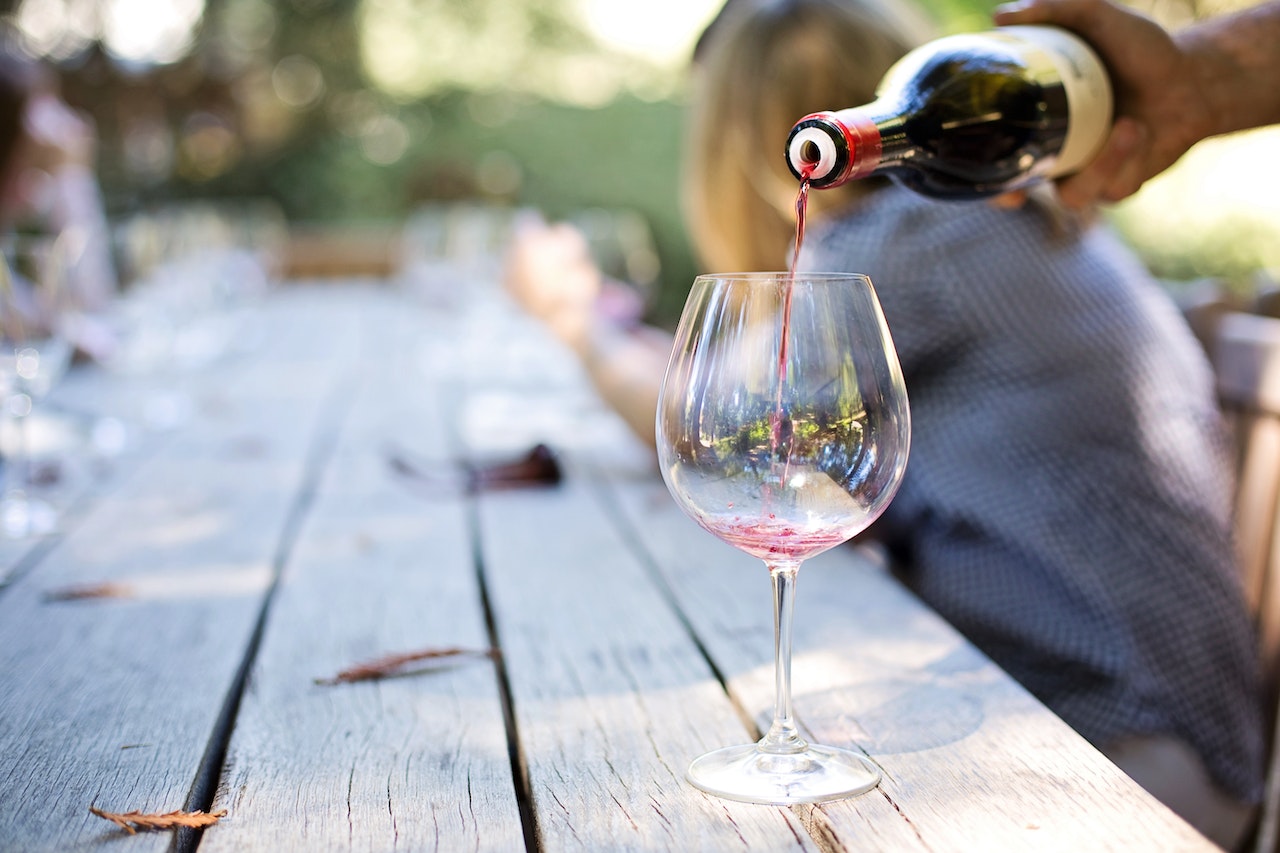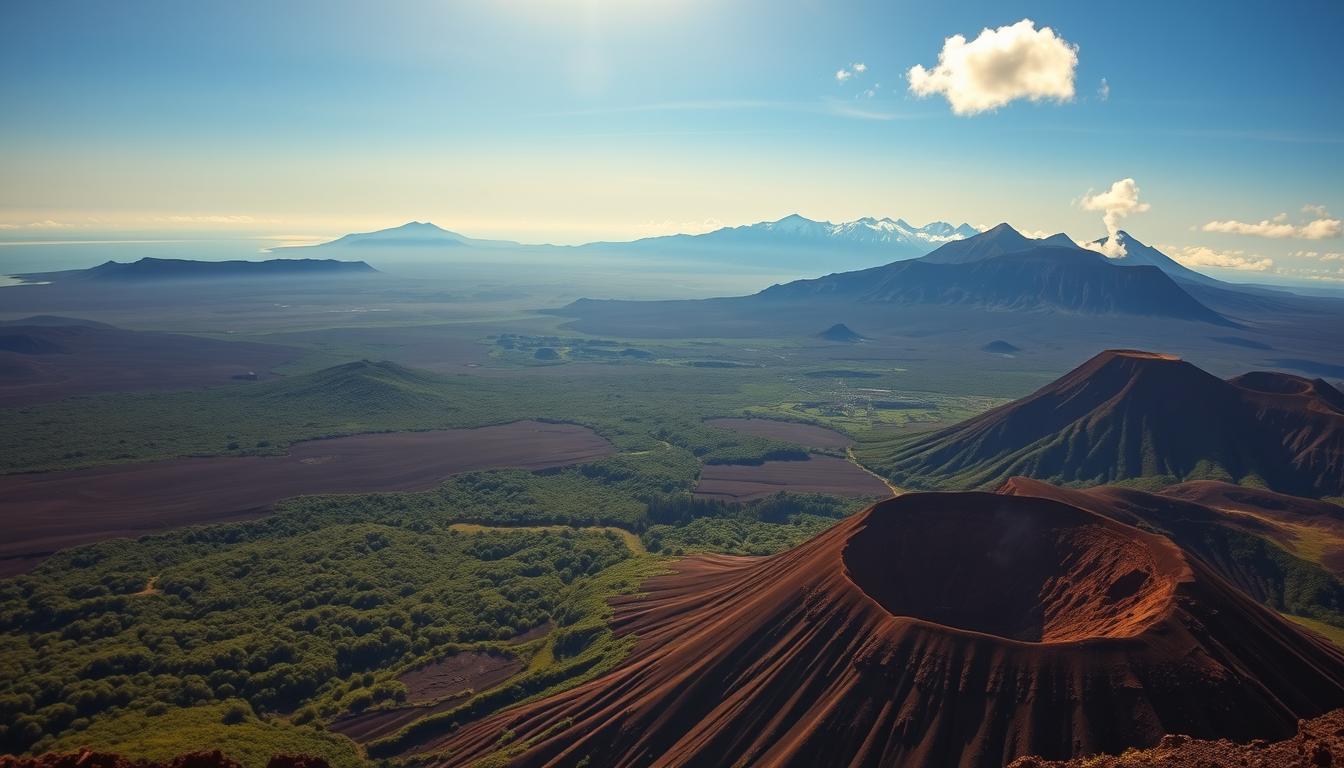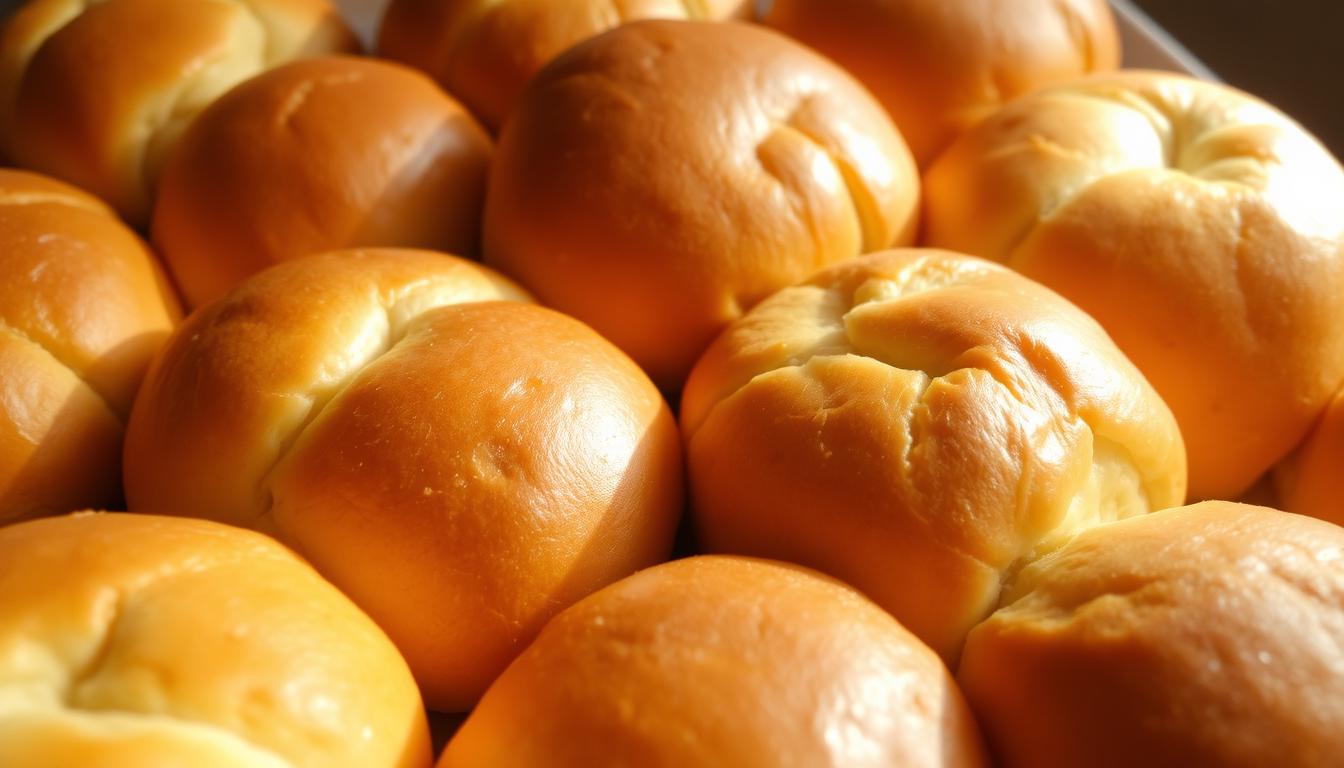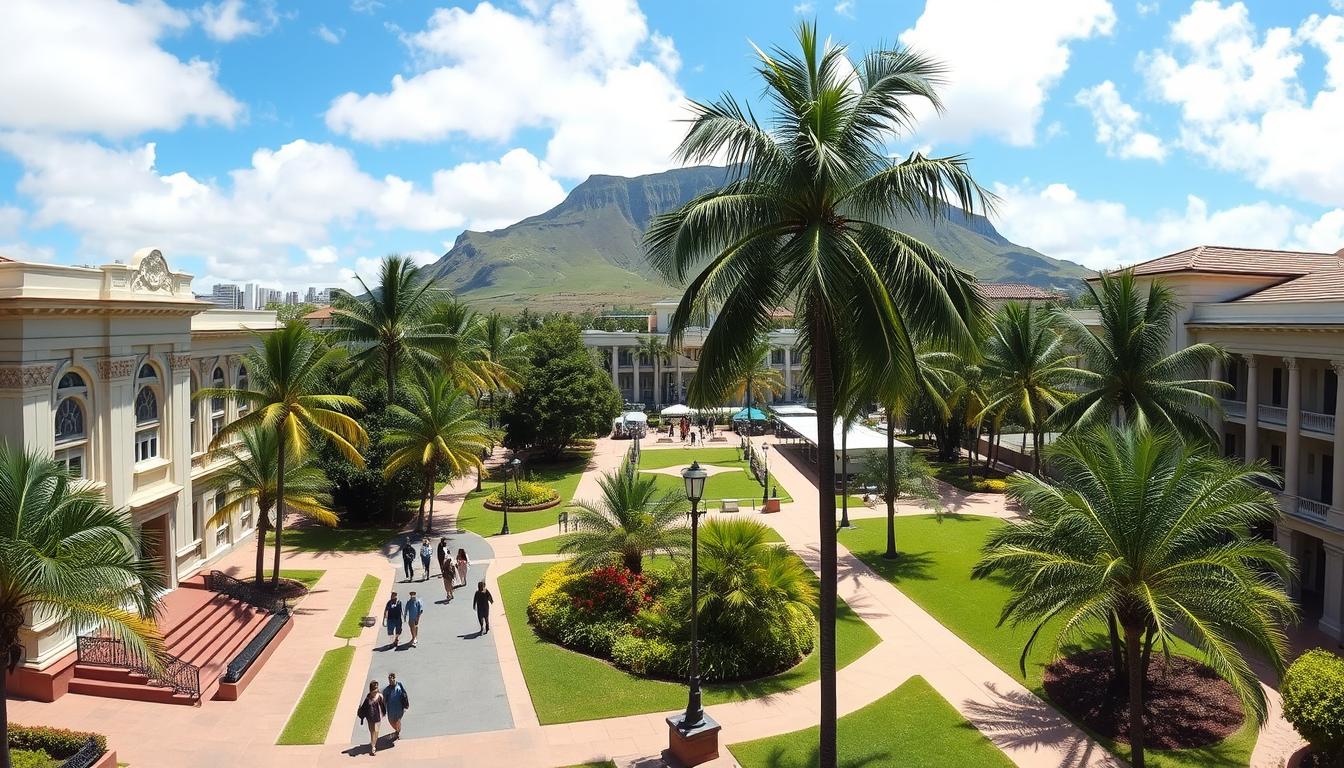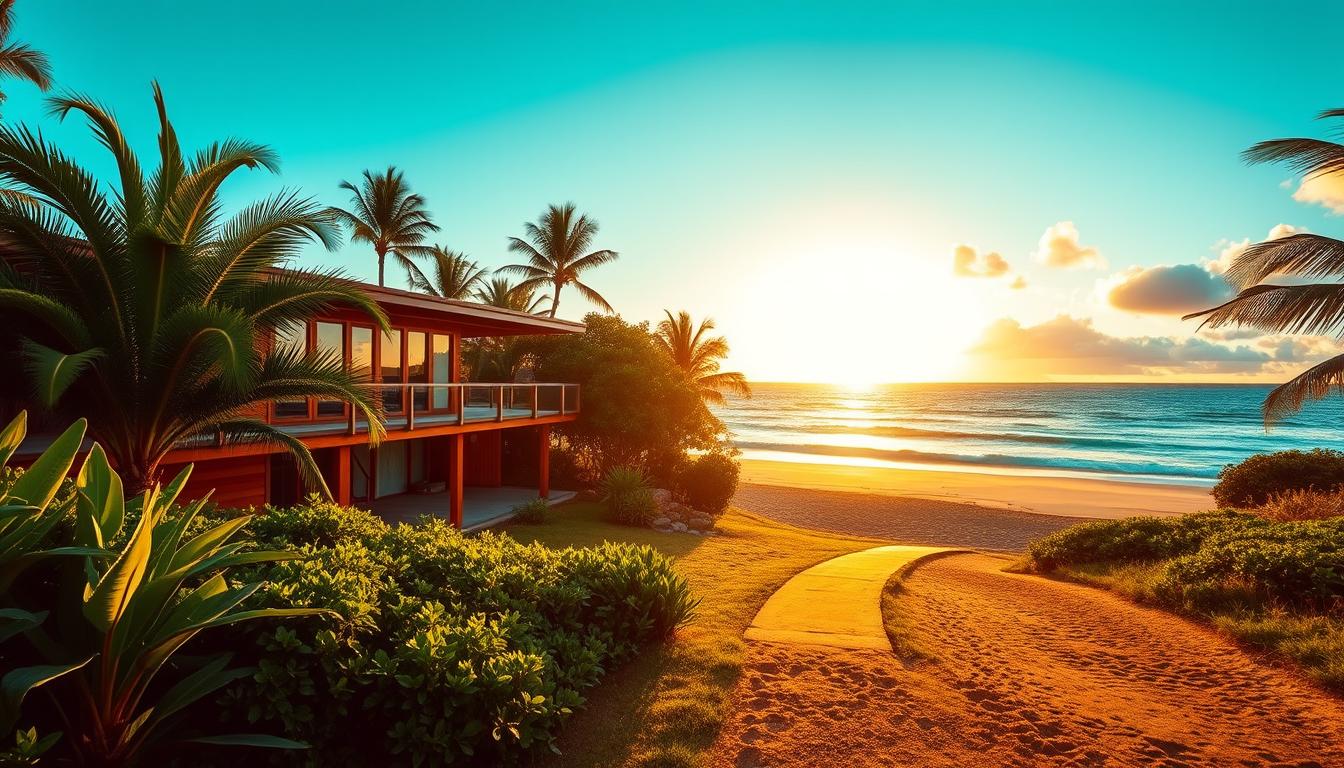Discover the Emerging Wine Scene Rooted in Hawaii’s Distinctive Landscape
When thinking of Hawaii, images of pristine beaches, lush forests, and volcanic landscapes may come to mind. However, the islands are also home to a burgeoning wine scene that captures the essence of the unique terroir. In this post, we will explore Hawaii’s volcanic wines, learn about the history of winemaking in the region, and share some recommendations for visitors eager to experience this lesser-known aspect of the Aloha State.
The Roots of Hawaiian Winemaking
Though not widely known, Hawaii has a rich history of winemaking that dates back to the early 19th century. The first grapevines were brought to the islands by European settlers and missionaries, who sought to cultivate grapes for both wine and table consumption. Over time, the grape varieties adapted to the island’s unique climate and soils, giving birth to a distinct Hawaiian wine tradition.
Today, the volcanic wines of Hawaii scene is experiencing a renaissance, with winemakers experimenting with both traditional grape varieties and unique local fruits. The volcanic soils, abundant sunshine, and diverse microclimates create an ideal environment for growing a wide range of grape varieties, from Chardonnay and Cabernet Sauvignon to Syrah and Viognier.
Volcanic Wines: A Taste of Hawaii’s Unique Terroir
The volcanic origins of the Hawaiian Islands play a crucial role in shaping the character of the local wines. The volcanic soils are rich in minerals and nutrients, allowing for the production of complex and flavorful wines. The porous nature of the soil also encourages deep root growth, which helps the vines to access water and nutrients, resulting in wines with intense flavors and a strong sense of place.
The influence of the volcanic terroir is evident in the taste of Hawaii’s wines. Many of the local wines exhibit minerality, acidity, and a distinct earthiness that can be attributed to the volcanic soils. These characteristics, combined with the island’s diverse microclimates, allow for the production of a wide range of wine styles, from crisp and refreshing whites to bold and structured reds.
Exploring Hawaii’s Wine Regions
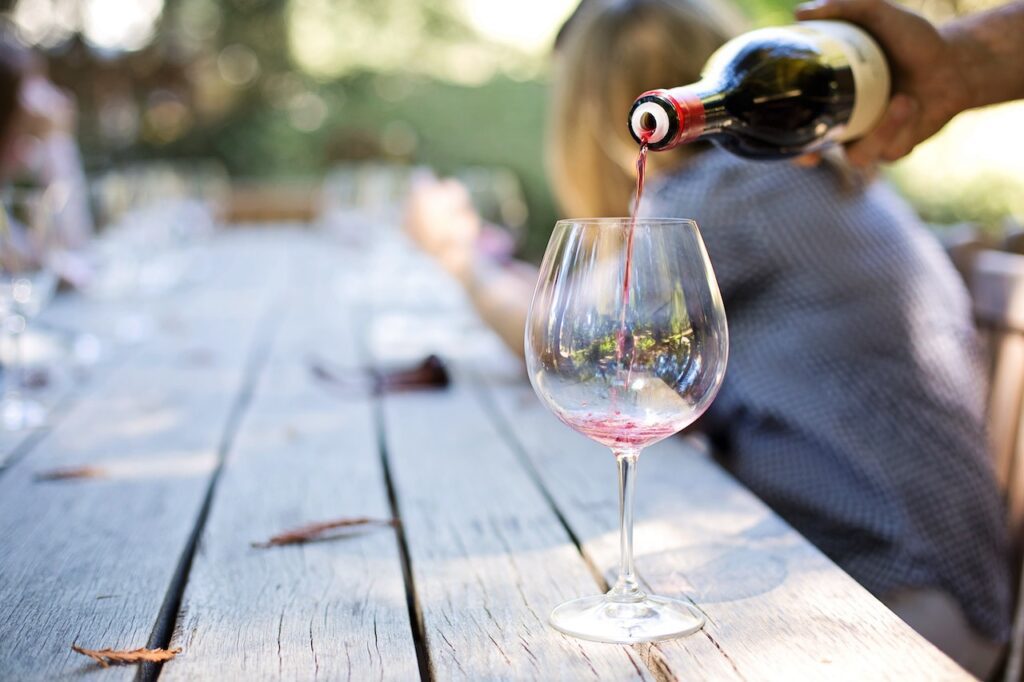
There are several wine regions scattered throughout the Hawaiian Islands, each offering a unique opportunity to taste the local volcanic wines. Some notable wine regions and wineries include:
Maui: Nestled on the slopes of the Haleakalā volcano, Maui’s wineries take advantage of the fertile volcanic soils and diverse microclimates to produce a range of wines, from tropical fruit-infused whites to earthy reds. The MauiWine winery, located in the Ulupalakua region, is a must-visit destination for wine enthusiasts. Here, you can sample their signature pineapple wines, as well as more traditional grape-based wines.
Hawaii Island: The largest of the Hawaiian Islands, Hawaii Island (often referred to as the Big Island) is home to several wineries that showcase the unique terroir of the region. Volcano Winery, situated on the slopes of the active Kilauea volcano, offers a truly one-of-a-kind wine tasting experience. The winery produces a range of wines, including Symphony Dry, infused with flavors of the island’s native ʻŌhelo berries.
Oahu: Though not as well-known for its wine production, Oahu is home to a few wineries that are worth exploring. Oeno Winemaking, located in Kailua, offers a unique hands-on experience where visitors can create their own custom blends using a variety of locally sourced grapes and fruits. Another notable winery on Oahu is Doux Wai’anae, which focuses on crafting small-batch, organic wines with minimal intervention, highlighting the island’s unique terroir.
Kauai: The northernmost Hawaiian Island, Kauai, boasts a lush, tropical landscape that is ideal for growing a variety of fruits and grapes. Nani Moon Meadery in Kapaa is worth a visit, offering a selection of honey wines (meads) made with local ingredients such as lilikoi, guava, and starfruit. For those seeking a more traditional wine experience, Kauai’s Kōloa Rum Company also produces a limited selection of grape-based wines alongside their renowned rums.
Tips for Visiting Hawaiian Wineries
When planning a trip to explore Hawaii’s volcanic wines, consider the following tips to make the most of your experience:
- Schedule visits in advance: Many Hawaiian wineries are small, family-owned operations that may require reservations for tastings and tours. Be sure to check the winery’s website or call ahead to secure your spot.
- Rent a car: Public transportation options can be limited in rural areas where many wineries are located. Renting a car will allow you the flexibility to visit multiple wineries at your own pace.
- Dress comfortably: Hawaii’s climate can be warm and humid, so be sure to wear light, breathable clothing and comfortable shoes for walking around the vineyards.
- Stay hydrated and eat well: Drinking water and having a substantial meal before wine tasting is essential to help you enjoy the wines and avoid overindulging.
- Be open to new experiences: Embrace the unique flavors and styles of Hawaiian volcanic wines. You might just discover a new favorite!
The volcanic wines of Hawaii offer a distinctive and unforgettable taste of the islands’ unique terroir. By exploring the various wine regions and sampling the diverse range of wines produced, visitors can experience a lesser-known aspect of Hawaiian culture and tradition. So, the next time you find yourself in the Aloha State, be sure to raise a glass to the volcanic wines of Hawaii.

Scott Sweeney is the creator of Virtual Hawaii 360. Scott is a professional marketer and a lifelong Hawaii enthusiast. Scott splits time between Oahu and Dayton, Ohio. In addition to his marketing endevours, he is also a published Ukulele musician.

